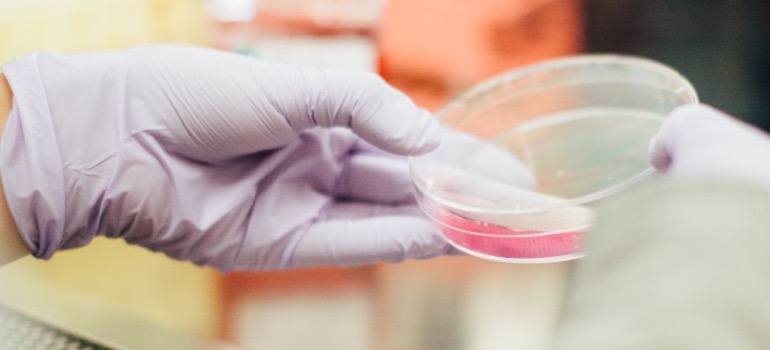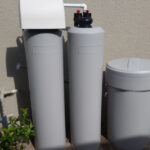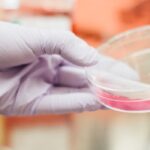If you’re a homeowner in Central Florida, you’ve likely noticed that your water tastes and feels different. It’s not just your imagination. Many common water contaminants in Central Florida give the region its unique water profile. Understanding these contaminants is pivotal. Ensuring you and your family consume and utilize the safest water possible should be a top priority. With the right knowledge, you can make informed decisions about your water quality.
Why Central Florida’s Water is Different
Nestled in the heart of the Sunshine State, Central Florida’s unique geography plays a significant role in shaping its water profile. Surrounded by varied landscapes and abundant water bodies, the region’s water quality is influenced both by natural processes and human activities. Moreover, various agricultural, industrial, and urban activities in the area contribute to the introduction of contaminants. All these factors combined give Central Florida’s water its distinctive and often not-so-positive character. This is exactly why proper water purification is so vital in Florida.
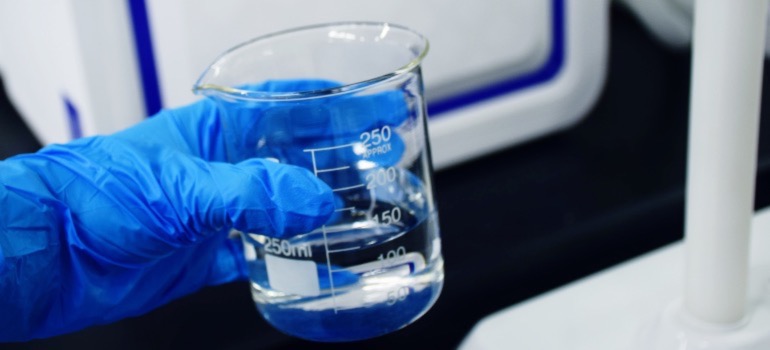
1 Microbial Contaminants
Microbial contaminants encompass bacteria, viruses, and certain parasites and pose a significant risk to water safety. Particularly in regions like Central Florida, where heavy rainfall or sewage leaks can introduce these contaminants into the water supply, the threat becomes pronounced. Consuming water tainted with these microbes can lead to illnesses, underscoring why water purification is paramount in Florida. For homeowners, being proactive in tackling these microscopic invaders is essential to ensure health and well-being.
2 Chlorine and Chloramine
Chlorine and Chloramine are chemicals widely used in water treatment to combat harmful bacteria and pathogens, ensuring our tap water is safe for consumption. They play a crucial role in disinfection, acting as the first line of defense against microbial contamination. However, while they’re effective disinfectants, their presence can result in a distinct and often unpleasant taste and smell in the water. Moreover, prolonged exposure or high concentrations can have potential health implications, causing concerns for many homeowners.
3 Iron & Manganese
Iron and Manganese are naturally occurring metals often found in groundwater sources. In higher concentrations, they can impart a metallic taste to water, resulting in orange-brown or black stains on fixtures, laundry, and dishes. Besides the aesthetic concerns, consuming elevated levels over extended periods can pose health risks, especially for certain vulnerable groups. Homeowners need to be aware of these metals’ potential presence and the challenges they present in everyday use.
4 Hydrogen Sulfide
Hydrogen Sulfide is a gas known for its unmistakable “rotten egg” smell, commonly found in well water and some municipal supplies. This contaminant can result from decaying organic matter or certain bacteria in the water. Though typically found in small amounts, which aren’t harmful to health, its powerful odor can make water unpalatable. Moreover, it can corrode metal pipes and fixtures, leading to further concerns about the longevity of household plumbing.
5 Excess TDS
TDS, or Total Dissolved Solids, refers to the sum of all water minerals, salts, metals, and ions. A higher TDS value can indicate a higher concentration of dissolved impurities, affecting water’s taste and potentially its safety. While a certain level of TDS is normal, excessively high readings can signal the presence of unwanted contaminants. Regular monitoring of TDS can help homeowners ascertain the purity of their water and make informed purification decisions.
6 Hard Water Minerals
Hard water minerals, primarily calcium and magnesium, are naturally occurring substances found in many water sources. Their presence can be felt when you find a filmy residue on dishes, shower doors, or faucets. While they aren’t harmful when consumed, they can lead to scale buildup in pipes and appliances, reducing efficiency and lifespan. Over time, hard water can also dry out skin and hair, making water-softening solutions appealing to those affected by it.
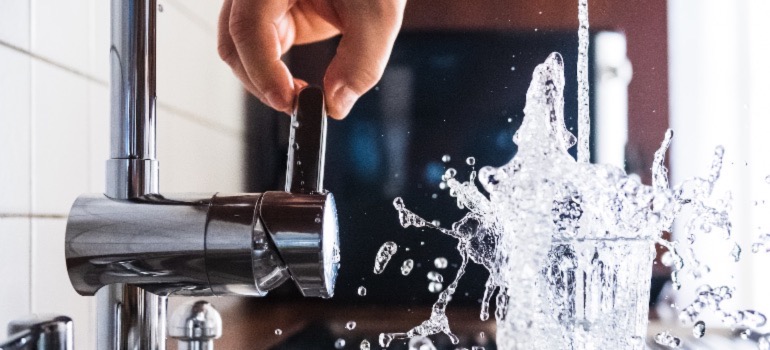
Adjusting to Water for Newcomers
Relocating to Central Florida is a dream for many, with its sun-soaked beaches and vibrant lifestyle. However, research conducted by usmovingexperts.com suggests that amid the chaos of an interstate move, many newcomers often overlook the unique water conditions prevalent in the region. Adjusting to these conditions isn’t just about preference; it’s also about health and home maintenance. By understanding and adapting to the regional water profile and learning more about the common water contaminants in Central Florida, new residents can ensure their comfort, protect their household appliances, and prioritize their family’s health and well-being.
What These Contaminants Mean For Your Health
Contaminants in water can be more than just a matter of taste or aesthetics; they can directly impact our health. The hidden dangers of unfiltered tap water, from microbial threats to heavy metals, can lead to various health concerns. Some effects are immediate, like gastrointestinal issues from bacteria, while others, such as potential risks from prolonged metal ingestion, manifest over time. That’s why prioritizing water quality is an investment in long-term health.
Solutions to Consider
1 Water Softeners
Water softeners are systems specifically designed to tackle the nuisance of hard water by removing excess calcium and magnesium. By utilizing a resin bed, water softeners effectively exchange these hard minerals for sodium or potassium. Homeowners need to remember that they should periodically maintain their water purification system to ensure the efficiency and longevity of the softener.
2 Activated Carbon Filters
Activated Carbon Filters stand as a popular choice among homeowners looking to remove some of the most common water contaminants in Central Florida from their home water supply. These filters adsorb contaminants, especially organic compounds, chlorine, and Chloramine. Made from raw organic materials like coconut shells, they possess a vast surface area, making them adept at trapping various impurities. Their ease of use and affordability make them essential for those desiring fresh, contaminant-free water straight from their tap.
3 Iron Filters
Iron filters specialize in removing excess iron and Manganese from water sources. Operating through oxidation, these filters convert dissolved iron and Manganese into solid particles, which are then easily filtered out. These filters are essential for homes with well water or regions with high iron content. Furthermore, they improve water aesthetics and safeguard appliances and plumbing from premature wear and potential damage.
4 Reverse Osmosis Systems
Reverse Osmosis Systems are advanced filtration devices that offer a solution for various contaminants, from heavy metals to certain microbes. Using a semipermeable membrane, these systems effectively filter out undesired particles, providing homeowners with crisp, purified water. Their thorough filtration ensures that the water is devoid of most impurities, making them a top choice for those seeking the highest quality of drinking water in their homes.

5 Ultraviolet (UV) Treatment
Ultraviolet (UV) Treatment employs a powerful UV light to purify water, targeting and neutralizing harmful microbes. As water passes through a chamber containing the UV bulb, bacteria, viruses, and certain parasites are exposed to this light, rendering them harmless. This chemical-free approach is favored for eliminating microbial threats without adding substances or altering the water’s taste.
6 Routine Water Testing
Routine water testing is a proactive step every homeowner should consider. Regular tests clearly show what’s in your water, from minerals to potential contaminants. By identifying these elements, homeowners can take precise corrective actions, ensuring water safety and quality. Testing kits are available for home use, but professional testing offers a more comprehensive analysis. Staying informed through consistent water testing is a foundational step toward a healthy home environment.
To Wrap Up
Clean water is a luxury we often take for granted. Yet, for homeowners in the area, staying vigilant about common water contaminants in Central Florida is essential. With the right knowledge and tools, you can ensure your water is as pure as it gets. After all, knowing is half the battle, and action is the key to a healthy life. So, take the first step today and ensure your tap water’s quality.


